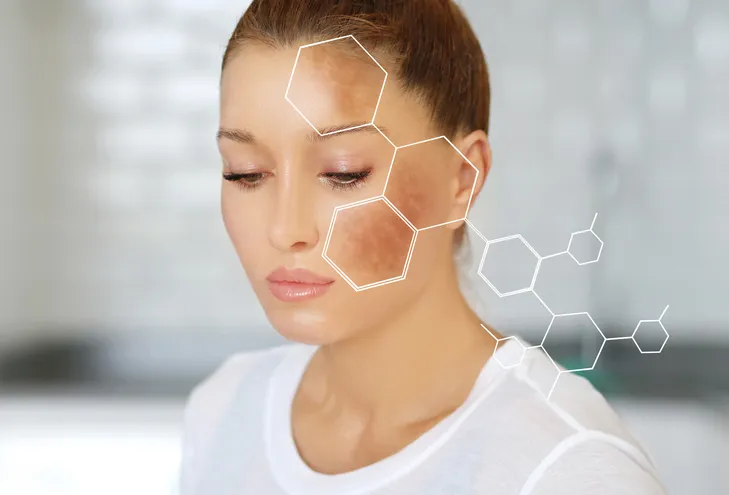What is Laser Whitening
Laser whitening, also known as laser teeth whitening or power bleaching, is a popular cosmetic dental procedure designed to lighten the color of your teeth. This advanced technique utilizes a concentrated beam of light, typically a low-intensity laser, to accelerate the bleaching process. Unlike at-home whitening kits or over-the-counter options, laser whitening is performed in a dentist’s office, ensuring professional expertise and optimal results. It’s a fast and effective way to remove stains and discoloration caused by factors like coffee, tea, tobacco, and aging, leaving you with a brighter, more confident smile. This procedure is a safe and effective method, when performed by a qualified professional, for those seeking a dramatic improvement in their teeth’s appearance. The treatment typically involves applying a bleaching agent to the teeth, followed by exposure to the laser, and can be completed in a single office visit.
The Science Behind Laser Whitening
The science behind laser whitening revolves around the principle of oxidation. The bleaching agent, usually a high-concentration hydrogen peroxide solution, penetrates the enamel and dentin of your teeth. This agent then breaks down the stain molecules, which are large, complex structures, into smaller, less visible ones. The laser light acts as a catalyst, speeding up this chemical reaction. The laser’s heat energy enhances the activity of the bleaching agent, making it more efficient at breaking down stains. It doesn’t actually bleach the teeth themselves; rather, it facilitates the removal of staining and discoloration. This process is particularly effective because it allows the bleaching agent to work more rapidly and deeply, leading to more significant whitening results compared to methods that don’t use a laser. The process carefully balances effectiveness with patient safety, minimizing potential risks.
How Does Laser Whitening Work

Laser whitening begins with a thorough examination and cleaning of your teeth by a dentist. This ensures the bleaching agent can effectively reach the tooth surface. A protective barrier is then applied to your gums to prevent irritation from the bleaching solution. The whitening agent is carefully applied to the surface of the teeth, and the laser is directed at the teeth for a specific duration, usually a few minutes per application. The laser light activates the bleaching agent, causing it to break down stains. This process is often repeated multiple times during a single session to achieve the desired level of whiteness. After the laser treatment, the bleaching agent is removed, and your teeth are rinsed. The whole procedure usually takes about an hour, making it a convenient option for those seeking immediate results. The dentist will also provide aftercare instructions to maintain the results and minimize any potential side effects.
The Procedure Step by Step
Preparing for Laser Whitening
Before undergoing laser whitening, a consultation with your dentist is essential. This involves a comprehensive examination of your teeth and gums to ensure you’re a suitable candidate for the procedure. The dentist will assess the condition of your teeth, check for any existing dental work, such as fillings or crowns, and discuss your expectations. They’ll also determine the shade of your teeth and discuss the desired level of whitening. If you have any dental issues, such as cavities or gum disease, these will need to be addressed before the whitening process begins. The dentist may also recommend a professional cleaning to remove any plaque or tartar buildup, ensuring the bleaching agent can effectively penetrate the tooth surface. During this stage, the dentist will explain the entire process, including potential risks and aftercare instructions, allowing you to make an informed decision.
The Laser Whitening Process
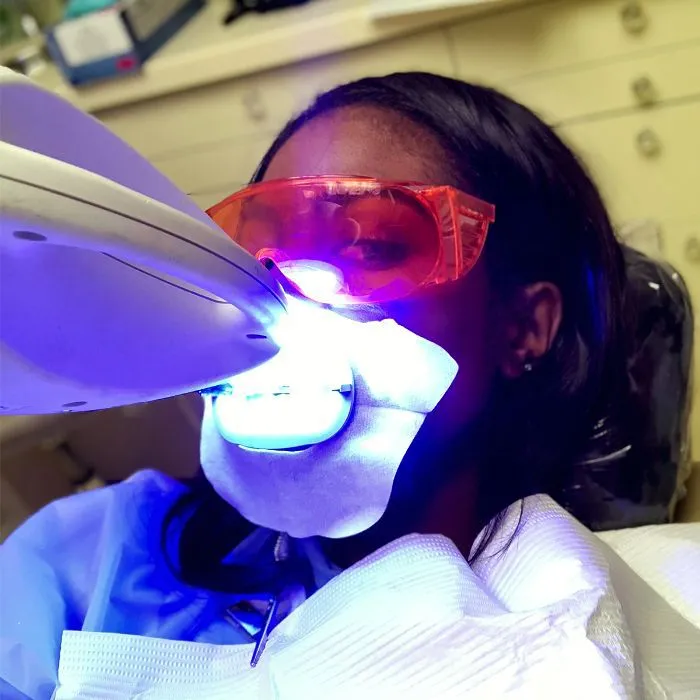
The laser whitening process typically begins with the application of a protective gel or shield to your gums and lips to prevent irritation from the bleaching agent. Next, the whitening agent, usually a concentrated hydrogen peroxide solution, is applied to the surface of your teeth. The dentist then uses a laser device to shine a light onto your teeth, activating the bleaching agent. The laser light accelerates the whitening process by increasing the chemical reaction rate. This process is often repeated in intervals, usually lasting about 15-20 minutes per session, to achieve the desired level of whitening. Throughout the procedure, the dentist carefully monitors your teeth and gums for any signs of sensitivity or adverse reactions. The entire process is usually completed within an hour, including preparation and post-treatment care. After the treatment, the dentist will remove the bleaching agent and provide you with aftercare instructions.
Aftercare and Maintenance
Proper aftercare is crucial for maintaining the results of laser whitening. Immediately following the procedure, you may experience some sensitivity in your teeth, which usually subsides within a few days. Your dentist will likely recommend avoiding highly pigmented foods and drinks, such as coffee, tea, red wine, and dark-colored berries, for at least 24 to 48 hours to prevent staining. Using a desensitizing toothpaste can help alleviate any sensitivity. Maintaining excellent oral hygiene practices, including regular brushing, flossing, and dental check-ups, is essential for keeping your teeth bright and healthy. Your dentist may also recommend touch-up treatments every few months or years to maintain your desired level of whiteness. Avoiding smoking and using tobacco products is also crucial, as these can significantly stain your teeth and diminish the results of the whitening procedure. Following these aftercare instructions will help you enjoy a brighter, more confident smile for a longer period.
Benefits of Laser Whitening
Improved Aesthetics and Confidence

One of the primary benefits of laser whitening is the significant improvement in the appearance of your teeth. It effectively removes stains and discoloration, leading to a brighter, more attractive smile. A whiter smile can boost your self-esteem and confidence, making you feel more comfortable and self-assured in social and professional settings. The cosmetic enhancement often leads to a more positive self-image, which can have a profound impact on your overall well-being. Patients often report feeling more inclined to smile, laugh, and interact with others after undergoing laser whitening. This improved confidence can extend to various aspects of life, including personal relationships and career advancement. The transformation achieved through laser whitening can be a powerful catalyst for positive change, promoting a greater sense of self-worth.
Quick and Efficient Results
Laser whitening offers a major advantage in terms of speed and efficiency. Unlike at-home whitening kits that require weeks of consistent use to achieve noticeable results, laser whitening can produce significant improvement in just one office visit. The entire procedure, including preparation and the whitening process, typically takes about an hour. This makes it an excellent option for individuals seeking immediate results for special occasions or to boost their self-esteem quickly. The convenience of a single-session treatment minimizes the time commitment and allows you to enjoy a brighter smile without a prolonged waiting period. The immediate impact of laser whitening is a significant benefit for those looking for a fast and effective way to transform their smile.
Potential Risks and Side Effects
Sensitivity and Discomfort
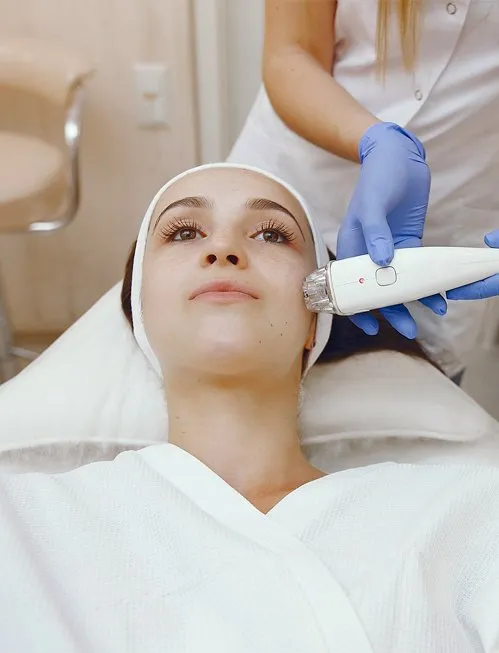
The most common side effect of laser whitening is temporary tooth sensitivity. This can range from mild to moderate and typically subsides within a few days to a week after the procedure. During the treatment, some patients may experience mild gum irritation or inflammation. However, these symptoms are usually temporary and resolve on their own. In rare cases, excessive whitening can lead to dehydration of the teeth, making them more susceptible to staining. Your dentist will take measures to minimize any potential side effects, such as using a desensitizing agent or adjusting the intensity of the laser. It is important to inform your dentist of any existing dental issues or sensitivities before undergoing the procedure to ensure a safe and comfortable experience. Following post-treatment instructions, like using a desensitizing toothpaste, can also help alleviate discomfort.
Cost Considerations
Factors Influencing Cost
The cost of laser whitening can vary depending on several factors. These include the location of the dental practice, the dentist’s experience and expertise, and the specific techniques and materials used. The extent of the whitening needed and the number of sessions required also influence the overall cost. Procedures performed in major metropolitan areas may be more expensive than those in smaller towns. Additional factors that may affect the cost are the need for pre-treatment dental work or the use of advanced whitening technologies. It’s essential to discuss the cost with your dentist during your consultation, along with any available payment options or financing plans. While laser whitening may be more expensive than at-home alternatives, the immediate and dramatic results, along with professional supervision, often justify the investment for many patients.
Laser Whitening vs Other Whitening Options
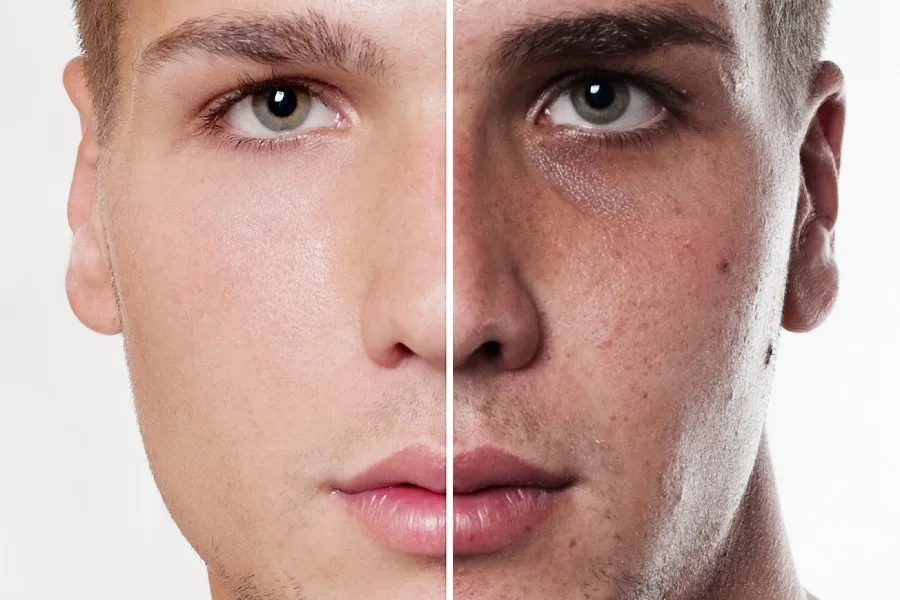
Laser Whitening vs. At-Home Kits
Laser whitening offers several advantages over at-home whitening kits. At-home kits typically use lower concentrations of bleaching agents, resulting in slower and less dramatic whitening. Laser whitening, performed by a dentist, uses higher concentrations of the bleaching agent and the laser light to accelerate the process, yielding faster and more significant results. At-home kits require consistent use for several weeks to achieve noticeable results, while laser whitening provides immediate improvement in a single session. While at-home kits may be more affordable upfront, they lack the professional supervision and expertise of a dentist, increasing the risk of improper use and potential side effects. Laser whitening ensures that the procedure is performed safely and effectively, with the dentist monitoring your progress and addressing any concerns. The convenience and effectiveness of laser whitening make it a preferred choice for those seeking a more efficient and professional teeth-whitening solution.
Laser Whitening vs. Professional Alternatives
Besides laser whitening, other professional teeth-whitening options are available. These may include custom-fitted trays with a professional-strength bleaching agent provided by your dentist or in-office whitening treatments that don’t use a laser. The choice depends on your specific needs, preferences, and budget. Laser whitening is often preferred for its speed and effectiveness, as it provides immediate and dramatic results in a single visit. However, some may prefer custom-fitted trays for at-home whitening, which can be more cost-effective and allow for gradual whitening. Other in-office treatments may use different light sources or bleaching agents to achieve similar results. Your dentist can help you determine the best option by assessing your oral health, discussing your desired outcomes, and considering your personal preferences. The goal is to find the most suitable whitening method to achieve your desired results safely and effectively.
Conclusion
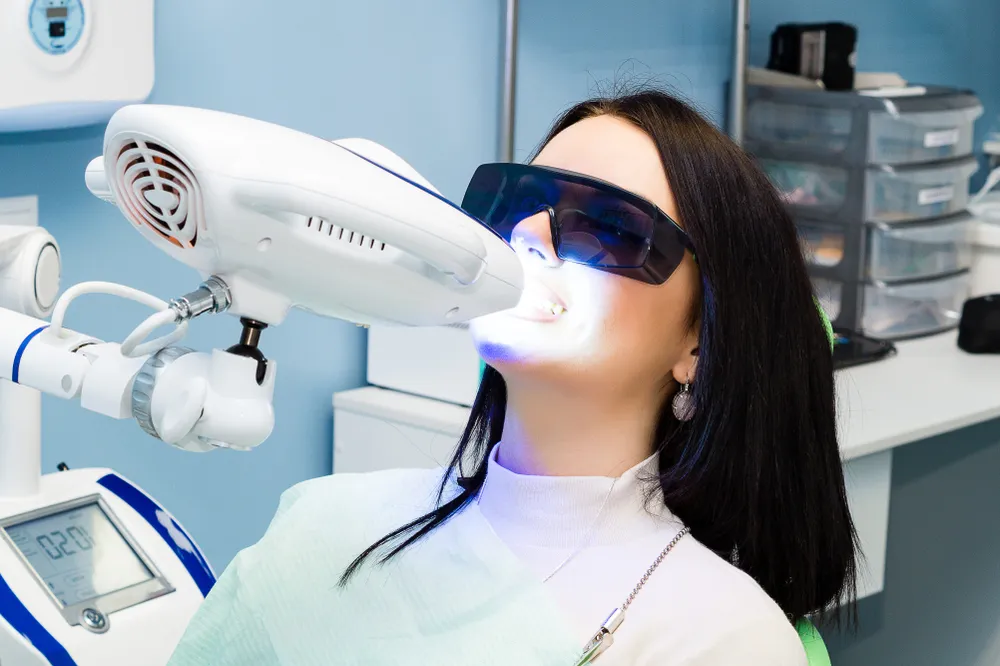
Laser whitening is an effective and efficient way to achieve a brighter, more confident smile. By understanding the process, the benefits, and the potential risks, you can make an informed decision about whether it’s the right choice for you. While the cost may be higher than at-home alternatives, the professional supervision and immediate results often justify the investment. Consulting with your dentist is the first step in determining your suitability for laser whitening and discussing your specific needs and expectations. With proper aftercare and maintenance, laser whitening can provide long-lasting results, helping you enjoy a beautiful, radiant smile. Remember to prioritize your oral health and choose a qualified dentist to ensure a safe and successful procedure. The journey to a brighter smile starts with a well-informed decision and the guidance of a dental professional.
